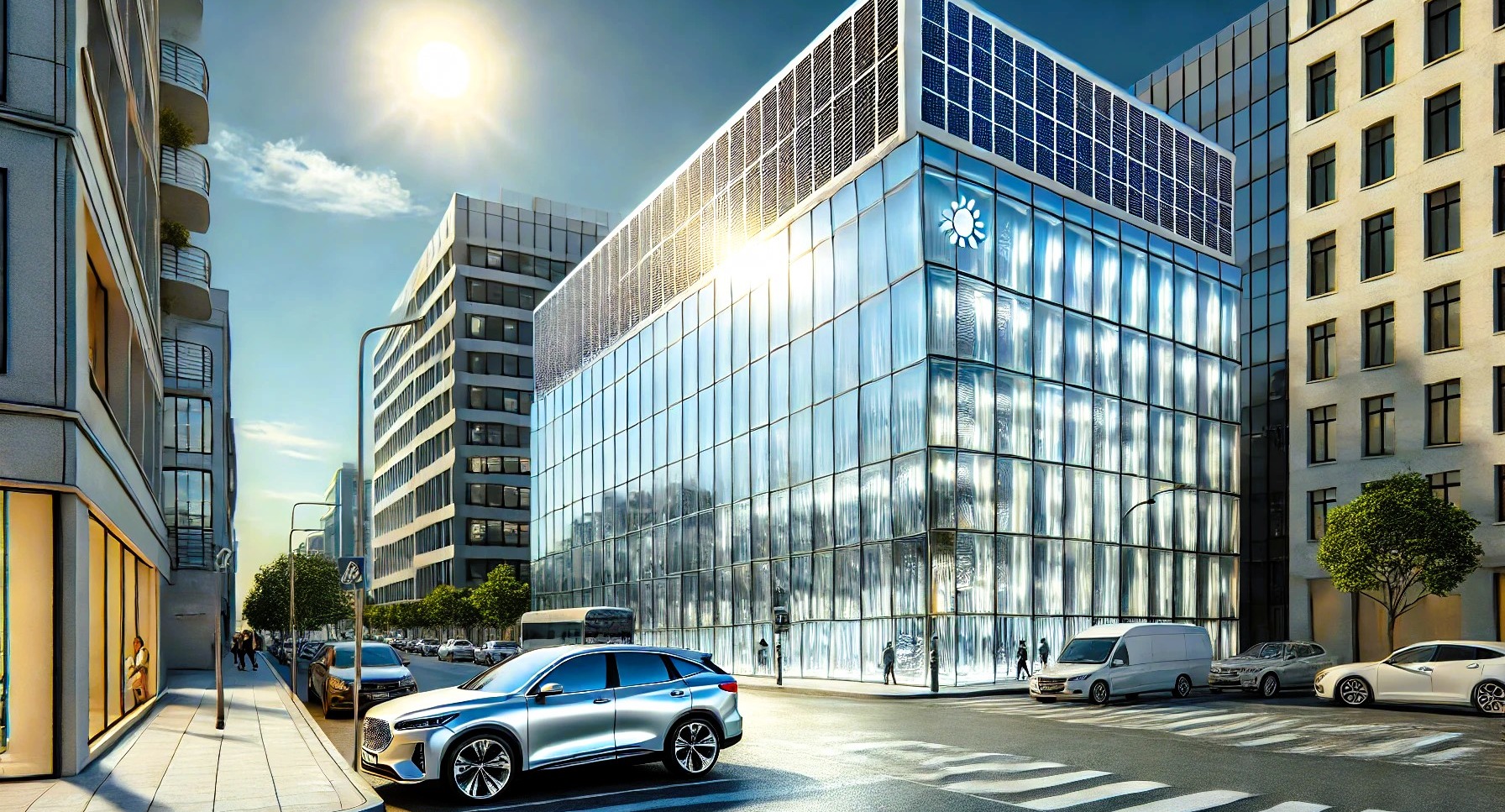Ultra-Thin and Customisable Coating for Passive Cooling
KEY INFORMATION
Sustainability - Sustainable Living
TECHNOLOGY OVERVIEW
The growing impacts of global warming and rapid urbanization have amplified the demand for innovative thermal management solutions. Urban areas are particularly vulnerable to rising temperatures due to the urban heat island (UHI) effect, where cities become noticeably warmer than rural regions. This leads to higher energy demands for cooling, resulting in increased electricity consumption, rising energy costs, and a greater carbon footprint.
To tackle these challenges, the technology owner has developed an energy-efficient and versatile cooling coating designed to reduce heat absorption on various surfaces. By incorporating uniformly dispersed nanofillers into the coating, this solution effectively maintains cooler interior temperatures, reducing the reliance on energy-intensive cooling systems. Ultimately, it results in a significant energy saving and a lower carbon footprint.
The adaptable coating can be applied to buildings, vehicles, greenhouses, and other infrastructure, providing protection against thermal degradation. As sustainability and energy efficiency become increasingly important, this eco-friendly solution aligns with market trends in green building practices, urban heat mitigation, and cost-effective energy management.
The technology owner is actively seeking partnerships with relevant industrial partners to explore IP licensing opportunities for this technology.
TECHNOLOGY FEATURES & SPECIFICATIONS
Unlike traditional anti-heat coatings that rely on pigments, metallic particles, and microspheres with large particle sizes (>10 µm), which result in an opaque appearance, this technology uses additives with much smaller particle sizes (≤1 µm). This allows for superior light transmission while providing effective thermal protection. The passive cooling coating technology offers the following key features:
- Enhanced Light Transmission: Utilizes ultra-fine nanoparticles (≤1 µm) as additives
- Tuneable Passive Cooling: Customisable cooling properties to meet specific needs
- Uniform Nanofiller Dispersion: Ensures consistent cooling performance
- Consistent Coating Layer: Ensures smooth application with a highly uniform layer
- Single-Layer Application: Achieves optimal cooling effects with a thin coating of less than 10 µm
- Easy-to-Apply: Can be manually applied without requiring complex equipment
POTENTIAL APPLICATIONS
Potential applications of the passive cooling coating technology include, but are not limited to:
- Automobiles: Suitable for trains, conventional vehicles, electric vehicles (EVs), etc.
- Building Applications: Ideal for façades, windows, skylights, and other architectural elements
- Solar Panels: Helps enhance energy efficiency by minimizing overheating
- Agriculture: Greenhouse films to improve temperature control in agricultural settings
- Other Applications: Beneficial for any surface requiring temperature reduction under intense solar exposure
Unique Value Proposition
- Superior Light Transmission: Incorporating ultra-fine additives (≤1 µm) for enhanced transparency while maintaining excellent thermal protection
- Ultra-Thin and Efficient: Can be applied in a single and smooth layer with a thickness of less than 10 µm, ensuring both efficiency and aesthetic appeal
- Highly Customisable: Additive types and loadings can be tailored to meet specific cooling and aesthetic requirements, offering great flexibility
- Commercially Ready Additives: Utilizes readily available additives, eliminating the need for complex laboratory synthesis, making it cost-effective and scalable

